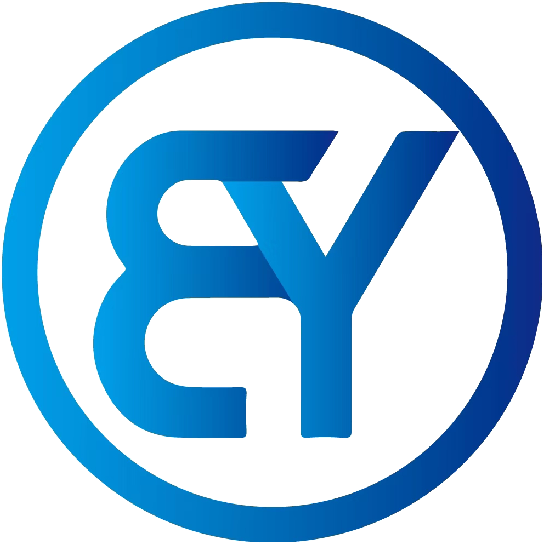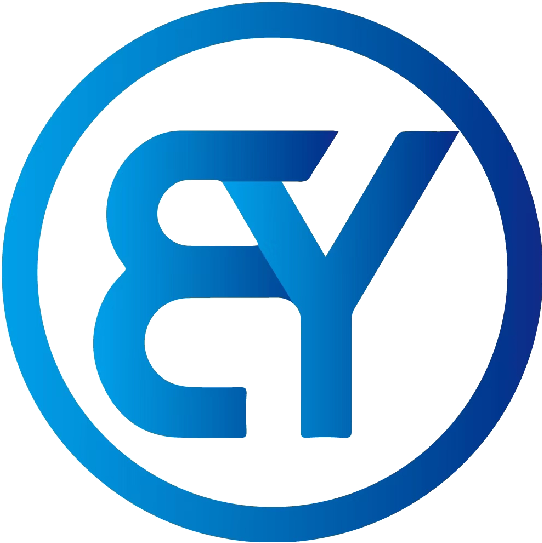Easy DIY: Install Copper Pipe Coils Like a Pro
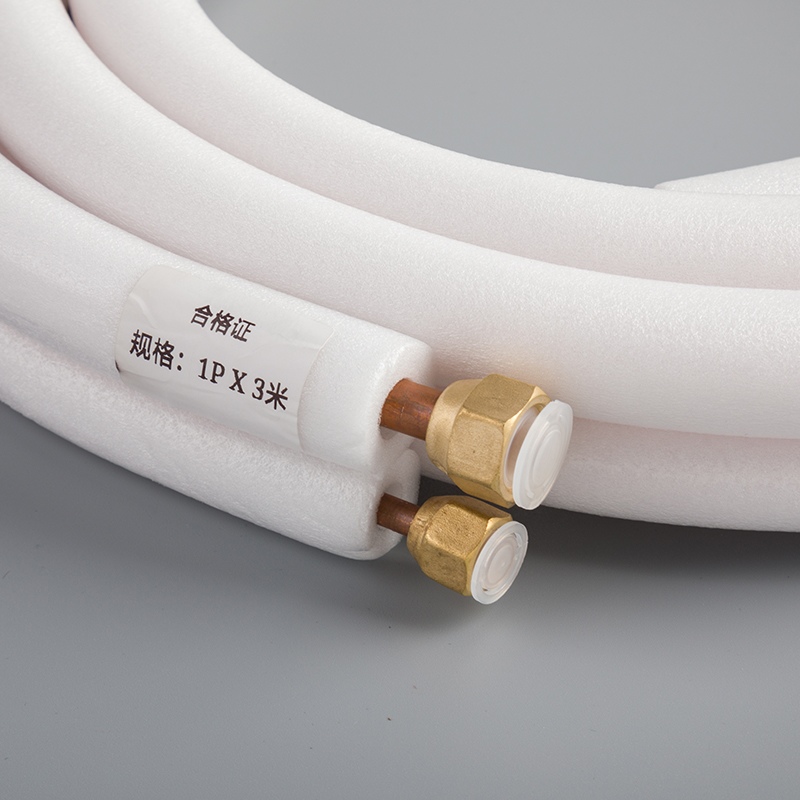
In the realm of refrigeration and air conditioning systems, 1/4 3/8 twin copper pipe coils play a vital role. By taking on the installation yourself, you not only save costs but also gain valuable skills. Throughout this blog, we will guide you through the essential steps required to install 1/4 3/8 twin copper pipe coils like a seasoned pro. Additionally, we will produce a video tutorial on the installation process of 1/4 3/8 twin copper pipe coils for beginners to ensure you have a comprehensive understanding of the procedure.
Preparing for Installation
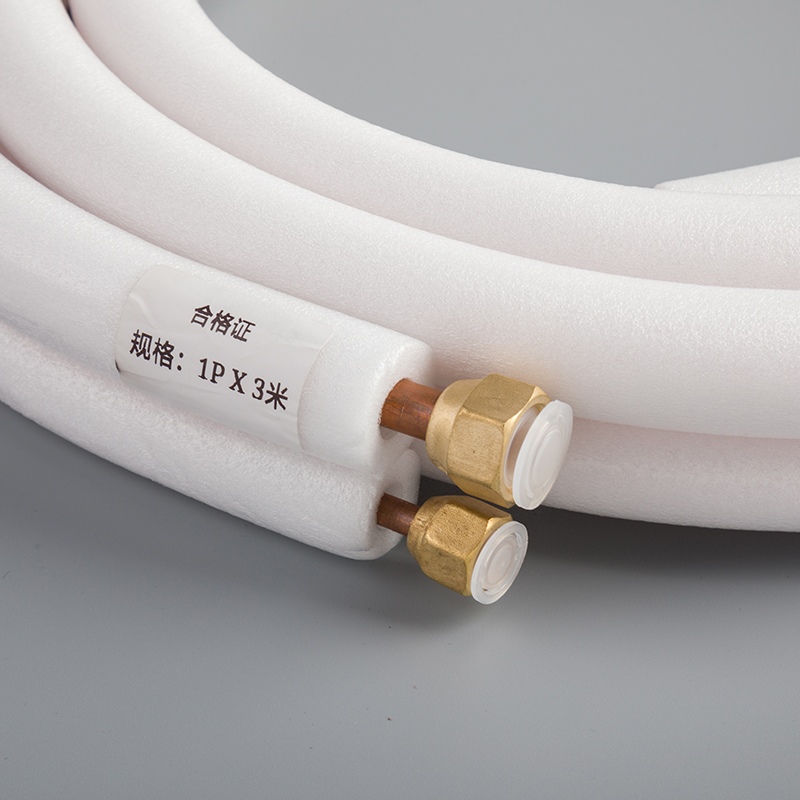
Gather Your Tools
List of necessary tools
To kick off your project, assemble the essential tools required for the installation. Ensure you have a pipe cutter, a deburring tool, and a flaring tool on hand. Don't forget to grab a tape measure and a marker for precise measurements. Having these tools ready will streamline the installation process.
Importance of having everything ready
Having all your tools prepared beforehand is crucial for a smooth installation experience. It saves you time and minimizes interruptions during the process. With everything at your fingertips, you can focus on each step without any unnecessary delays.
Clean the Installation Area
Remove obstructions
Before diving into the installation, clear the area of any obstacles that might hinder your work. Make sure there are no stray objects or debris that could get in the way of your progress.
Ensure a clean workspace
Maintaining a tidy workspace is key to a successful installation. A clean environment not only promotes efficiency but also ensures safety throughout the process.
Measure and Cut the Pipes
Correct sizing
Accurate measurements are fundamental to achieving a seamless fit for your copper pipes. Double-check your measurements to avoid any errors that could complicate the installation later on.
Tips for accurate measurements
When measuring and cutting the pipes, remember to account for any bends or connections in your layout. Taking precise measurements from the start will save you time and effort down the line.
Produce a video tutorial on the installation process of 1/4 3/8 twin copper pipe coils for beginners
Interested in mastering the art of installing 1/4 3/8 twin copper pipe coils? Let's delve into the world of video tutorials. These visual guides offer a hands-on approach, simplifying complex procedures. By watching experts in action, you can grasp the nuances of each step effortlessly.
Benefits of video tutorials
Visual aid for better understanding
Step-by-step guidance at your pace
Replay options to reinforce learning
How to find useful tutorials
Search reputable online platforms
Check for user reviews and ratings
Seek recommendations from DIY communities
Installing the Copper Pipe Coils
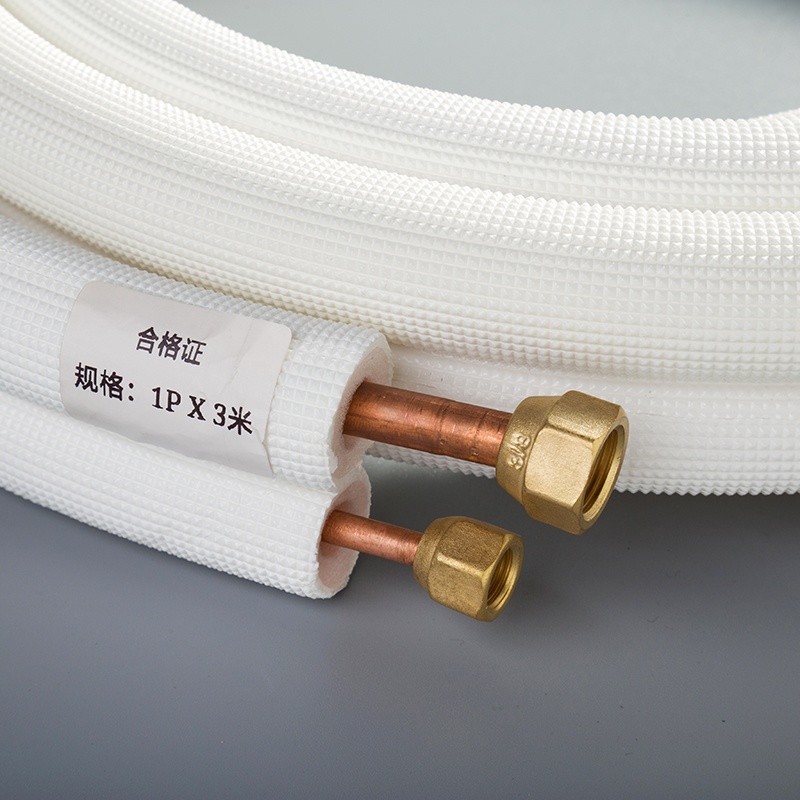
Connect the Pipes
To initiate the installation process, connect the copper pipes meticulously. Begin by aligning the ends of the pipes accurately before securing them together. Slide each pipe into its counterpart, ensuring a snug fit along the entire length.
Step-by-step connection process
Position both pipes parallel to each other.
Align the ends precisely for a seamless connection.
Slide one pipe into the other until they meet securely.
Verify that both pipes are joined evenly without any gaps.
Tips for secure connections
Apply gentle pressure when connecting to prevent damage.
Double-check alignment before finalizing the connection to avoid leaks.
Insulate the Pipes
After connecting, it's crucial to insulate the copper pipes effectively. Insulation helps maintain optimal temperatures within the system and prevents energy loss due to heat transfer.
Importance of insulation
Insulating your pipes ensures efficient operation and prolongs their lifespan by preventing heat loss or gain.
How to properly insulate
Choose high-quality insulation material suitable for copper pipes.
Wrap the insulation around each pipe securely, covering any exposed areas thoroughly.
Secure the Pipes
Once insulated, secure the copper pipes in place using appropriate brackets or clamps. This step is essential to prevent any movement or potential damage during operation.
Use of brackets and clamps
Position brackets at regular intervals along the length of the pipes.
Securely fasten each clamp to ensure stability and minimize vibrations.
Ensuring stability
Regularly check that all brackets and clamps are tightly secured to maintain stability throughout usage.
Flush with Nitrogen
Why flushing is necessary
Eliminate contaminants: Flushing the pipes with nitrogen removes any debris or impurities that could impact the system's performance.
Prevent corrosion: By flushing, you safeguard the pipes from corrosion, ensuring a longer lifespan for your installation.
Ensure purity: Nitrogen flushing maintains the purity of the system, preventing any unwanted substances from compromising its efficiency.
How to flush the pipes
Prepare equipment: Gather a nitrogen tank and a pressure regulator for an effective flushing process.
Connect the equipment: Attach the pressure regulator to the nitrogen tank securely before connecting it to the copper pipes.
Initiate flushing: Slowly release nitrogen into the pipes, allowing it to flow through and cleanse any contaminants along the way.
Monitor progress: Keep an eye on the flushing process to ensure thorough cleaning and optimal results.
Complete the flush: Once completed, disconnect the equipment carefully and proceed with confidence in your freshly flushed copper pipe coils.
Maintenance Tips
Regular Inspections
What to look for
Check for any signs of wear or damage on the copper pipes.
Inspect the connections for leaks or loose fittings.
Look out for condensation buildup, indicating potential insulation issues.
How often to inspect
Schedule monthly inspections to ensure early detection of any problems.
Conduct thorough checks before seasonal changes to prevent unexpected issues.
Consider professional inspections annually for a comprehensive evaluation.
Cleaning and Upkeep
Keeping the pipes clean
Wipe down the copper pipes regularly with a damp cloth to remove dust and debris.
Use a mild detergent solution for stubborn dirt, ensuring no residue is left behind.
Maintain cleanliness around the installation area to prevent contamination.
Preventing issues
Monitor humidity levels in the environment to avoid condensation on the pipes.
Address any leaks promptly to prevent water damage and corrosion.
Implement a maintenance schedule for consistent upkeep of your copper pipe coils.
Recap the journey of mastering 1/4 3/8 twin copper pipe coils installation. Celebrate your newfound skills and confidence in tackling DIY projects. Remember, every step you take brings you closer to expertise. Regular maintenance ensures your system's peak performance. Embrace the rewards of hands-on care for lasting efficiency. Your dedication will keep your installation running smoothly for years to come!
See Also
Key Advantages of Twin Copper Pipe Coils with Insulation
Insider Tips: Enhance AC Efficiency with Copper Pipe
